You don’t need to have a villa in Greece to create the feel and advantages of Mediterranean-style gardening. In our seasonal climate, however, it will involve some experimenting and thoughtful selection of suitable herbs, shrubs and flowers. Granted, we can’t grow olive trees, but many suitable plants are already growing in the dryer areas of your borders.
On last month’s “journey,” I discussed the recent Mediterranean-style gardening trend. (If you missed that column, you can review it HERE.) This is not a fad, but a shrewd solution to combatting our increasingly hot and dry gardening seasons and wetter winters. Indeed, global climate changes are causing county gardeners to rethink their ambitions. The solution – the Mediterranean style of gardening – features heat- and drought-tolerant plants, stone gravel and pavers (rather than high-maintenance lawns) and outdoor-living areas surrounded by vibrant potted plants.
Some generalizations will help you get started in your planning:
All plants will need to thrive in full sun and be drought tolerant.
Limit the plant species and repeat the same plants throughout your space. The goal is to put together a community of a few plant choices rather than a mishmash. This is a very important design principle for your Mediterranean–style garden. Avid gardeners who typically want to plant one-of-everything will need to take a deep breath!
All the areas must have perfect drainage throughout the year. Otherwise, an excellent alternative is to surround your terrace with containers and raised beds.
Remember: You want to create an area of casual elegance. Think Greek islands. We are not designing a vast garden for show or to constantly labor over. Breathe! But, please, no statuary.
The foliage of plants in hot climates is often gray or silver-colored and frequently fuzzy. The color deflects the burning heat of the sun and the wooly foliage conserves water. Good news: Silvery foliage is not only eye-catching, but it integrates well with both hot (red, orange and yellow) and cool (blue and green) colors. Gray-foliaged plants are perfect to repeat and unify your assorted borders and containers.
Most of my suggestions will do well in appropriately sized containers. The smaller pots can line walls, be assembled into groups or displayed on tables. Oversized pots filled with citrus trees or bold plants can provide a screen or make a statement. Be sure your containers have good drainage by filling the bottoms with shards or gravel before adding the soil. Bear in mind that most of these plants will do fine with lean soil; there is no need to supplement with fertilizer. Breathe!
Keep the pots in full sun and water them only when the soil feels dry. Top dressing with a gravel mulch will enhance the appearance of the containers. You can always move the pots around before your dinner party. Any tender plants will need to be moved indoors or into a heated garage for winter. Also remember to check the plants for bugs before you bring any indoors.
Suitable plants for a Mediterranean-style Garden in Lancaster County
Shrubs
We can’t grow olive trees, but you might try a fig tree, Ficus carica, which doesn’t mind its roots confined in a large container. In fact, fig trees are said to produce more fruit when their roots are confined in a pot. And what could transport you to the Mediterranean more than a fresh fig? Many cultivars are available. (To learn more about figs, visit lancastercountymag.com/the-mad-scientist-of-figs).
Bay trees, Laurus nobilis, are native to the Mediterranean and are a popular houseplant. They also do well in large pots, plus you’d have leaves available for cooking or drying. Bay needs to be overwintered indoors.
A broadleaf evergreen, yucca, Yucca filamentosa, is a worthy standby in any local garden but its sword-shaped spiky leaves will be ideal in our scheme. It is native to southern beaches. It will put up a very tall spike in early summer with bell-shaped white flowers that are pollinated by moths. Remove the spike after it fades. Grow a creamy white-and-green variegated cultivar such as ‘Color Guard’. Yuccas tolerate any conditions (except soggy) and can be divided every three years. Deer usually avoid it, but should damage occur, the plant readily recovers.
A sub-shrub, lavender-cotton, Santolina chamaecyparissus, is native to the Mediterranean, but is hardy for us. It has silver, aromatic spiky leaves on a mounded habit (it grows 2-feet tall). From July into August, it will display small yellow button flowers, which should be deadheaded when spent. In the past, the foliage was used as an insecticide. It’s great in drifts.
Some local gardeners have success growing lemon trees in containers. The challenge is getting them through the cold season. If you have a greenhouse or sunroom to overwinter, a citrus tree would be iconic in this grouping. I’m advised they need specialist compost and high nitrogen feeding, which violates the low-maintenance claim of our plans.
There are many spurges to choose from, but the shrub-like Euphorbia characias subsp. wulfenii is a showstopper. Growing to 3-feet high, it is distinguished by erect green stems with spirally arranged blue-green leaves. In late spring each stem displays showy greenish-yellow bracts. Because its milky sap is irritating, critters don’t bother it. Cut the flowers back when they are spent.
Blue spirea, Caryopteris x clandonensis, is a deciduous shrub, 2- to 3-feet tall with small deep-blue flowers (‘Dark Knight’ or sometimes labeled ‘Black Knight’) from late summer to fall above silver-blue foliage. Few shrubs are in flower during that period. Prune back hard in early spring to promote vigorous new stem growth because it blooms on new wood.
Grass-like plants
Grass-like plants can serve as accents, screens and ground covers. They provide texture and movement.
The clump-forming Schizachyrium scoparium ‘The Blues’ is an exceptional cultivar of our native bluestem grass. It is tinted blue, grows 2-4-feet high and thrives in rocky lean soil and high heat. Very upright, it does not flop. Another outstanding ornamental feature is its bronze-orange winter foliage color. Cut it to the ground in late winter or early spring.
There are many cultivars of the grass-like sedges available. One I have grown for years and can recommend is Carex ‘Ice Dance’. The foliage is dark green in the center with clean white borders. It will grow under almost any condition including dense shade. The clumps spread vigorously and form a dense ground cover that no weeds will grow through. It is not a favorite of deer. It needs to be cut back with a string trimmer in late winter for fresh new growth.
Bulbs
Hardy bulbs beat all other groups of plants in producing color in the spring garden. For the most part they are the earliest plants to bloom and many have exceptionally showy flowers. They also insist on well-draining sandy or gritty soil.
My favorite crocus is Crocus tommasinianus. They naturalize by self-seeding and will eventually form large drifts. The cheery pale-lavender flowers are the earliest to bloom and go dormant by mid-spring. Unlike many other species of crocus, squirrels will not eat them. They would be fine in a small pot for the table but exceptional along your walkways or under deciduous shrubs.
Should you be thinking of the wonderful saffron crocus, Crocus sativus, for fall display be aware that squirrels will dig them up as soon as you turn your back. Besides, it takes a lot of flowers to harvest enough stigmas to season your rice.
Tulips, of course, are an obvious choice and are available in hot colors. But remember that many do not do well after the first few years. That’ll give you the opportunity to change colors. Oh, and squirrels eat the bulbs.
For a striking accent in May, plant ornamental onion bulbs, Allium. Choice selections are A. ‘Globemaster’, A. sphaerocephalon, A. schubertii and A. christophii, but there are many available with different-sized flowers and heights. Colors vary from lavender to deep purple. All will attract butterflies and are suitable for drying. Follow the depth-planting directions for your choice.
Agapanthus, Agapanthus (group), grows from rhizomes and reportedly does better in a pot than when planted in the ground. Choose a cultivar that is dark blue or perhaps chalk white and expect showy 1.5-foot-tall flowers June to July. Follow the planting instructions that come with the rhizomes.
Annuals and Perennials
Bougainvillea, Bougainvillea (group), is an annual vine that flowers in various colors (purple, red, pink and yellow) and tolerates hot, dry locations. Grown on a trellis, it will definitely create a seaside feeling. Don’t hesitate to trim it to direct the growth and pinch tips of growth to encourage branching. It can be grown from a container. It will need some regular watering.
English Lavender, Lavandula angustifolia, should be on the top of your list. It is, in fact, not native to England, but to the Mediterranean! Put it in full sun to stimulate the essential oils in the foliage and enjoy the fragrance across the patio. The 2-foot-tall ‘Hidcote’ is one of the most popular cultivars, flowering deep purple from June to August. It is excellent for drying and attracts butterflies. Remove any faded flowers to promote continuous bloom and prune back to 8 inches at least every other year to control plant size and ensure attractive new growth. Use only gravel mulch and be sure to plant in masses. Critters don’t eat it.
African daisy, Osteospermum (group), features daisy-like flowers (in lots of colors) on upright stems. In some summers they will flower the whole growing season if you keep removing dead flowers.
Gazanias, Gazania rigens, are native perennials in South Africa, but are grown as an annual here. Typically a sunny orange, but hybrid cultivars in other colors are available. The dandelion-like foliage is silvery green. Gazanias bloom all summer to frost. Be aware, the flowers close at night. Very effective in containers or hanging baskets.
Lantana, Lantana camara, an annual available at every garden center, displays a variety of hot colors and will bloom from July to frost. It gets covered with butterflies and hummingbird moths.
Red and hot-pink zonal geraniums, Pelargonium x hortorum, are great in terracotta pots, especially on a flight of steps or along a short wall. Their vibrancy will liven up any area but stick to one color! Breathe! However, unlike most plants on this list, they will need regular watering and rich soil. Pinch the stems to encourage bushiness. Let them go dormant and overwinter indoors in a cool, dark, frost-free spot.
So-called white sage, Artemisia ludoviciana ‘Silver Queen’, has delicate gray aromatic leaves on 2- to 3-foot spreading clumps. Crowd other plants around it because it tends to flop. The flowers are not significant and critters do not chew its fragrant foliage. Shear (if needed) to revitalize. It’s named after the Greek goddess of the moon, wild animals and hunting, thus a Mediterranean connection!
Most gardeners are familiar with the thick, soft, wooly leaves of lamb’s ear, Stachys byzantina. It is easy to grow, vigorous and makes a great edging plant. It needs some cleaning up in late winter. Good cultivars are ‘Big Ears’ and ‘Silver Carpet’.
Globe thistle, Echinops ritro, is clump-forming up to 4-feet tall with golf-ball-sized blue or white spherical flowers and spiky silver foliage. It will bloom July to September and is a bee magnet. Look for ‘Veitch’s Blue’.
No garden, Mediterranean or not, should be without an annual salvia. A particularly showy 3-foot tall one is Salvia guaranitica ‘Black and Blue’. It has typical two-lipped flowers in cobalt blue with black calyces and will flower from July to frost. Stunning! If you can’t find it, other worthy selections to check out are Salvia nemorosa ‘May Night’, S. farinacea and S. leucantha.
Agastache is another stalwart performer. This herbaceous perennial (in this area it’s hit or miss so regard it as an annual) takes its name from a Greek word meaning “large ear of grain” and refers to the abundant flower spikes – colors range from pale pink to vibrant red – that are magnets for butterflies, bees and hummingbirds. The foliage exudes a minty fragrance. The plant thrives in hot weather and blooms all summer.
Scented Herbs
No need to describe rosemary, thyme, oregano and marjoram. All are suitable in small pots on the patio table or for edging or between pavers.
Catmint, Nepeta racemose, ‘Walker’s Low’, has gray-green fragrant foliage with pale lilac flowers displayed in whorls. It starts blooming in mid-spring and will repeat bloom if attention is paid to shearing back spent flowers. Great in masses. (This is not the true catnip, N.cataria, that drives your cat crazy, although the leaves are also enticing.) Cut back to several inches in late winter.
Add any of these plants to your garden – as well as some flickering lanterns around your patio after dusk – and you will hardly know you are in South Central Pennsylvania!





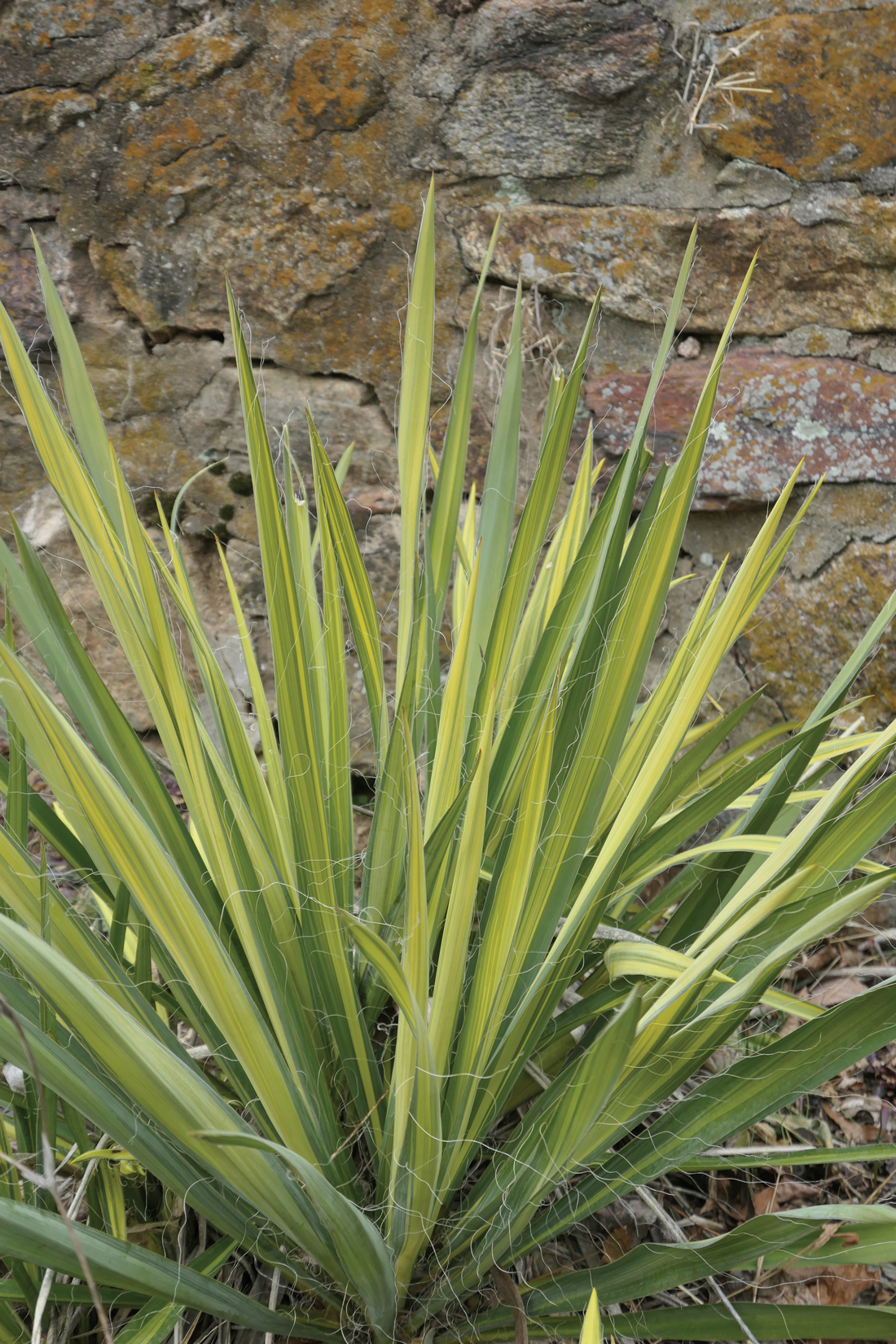
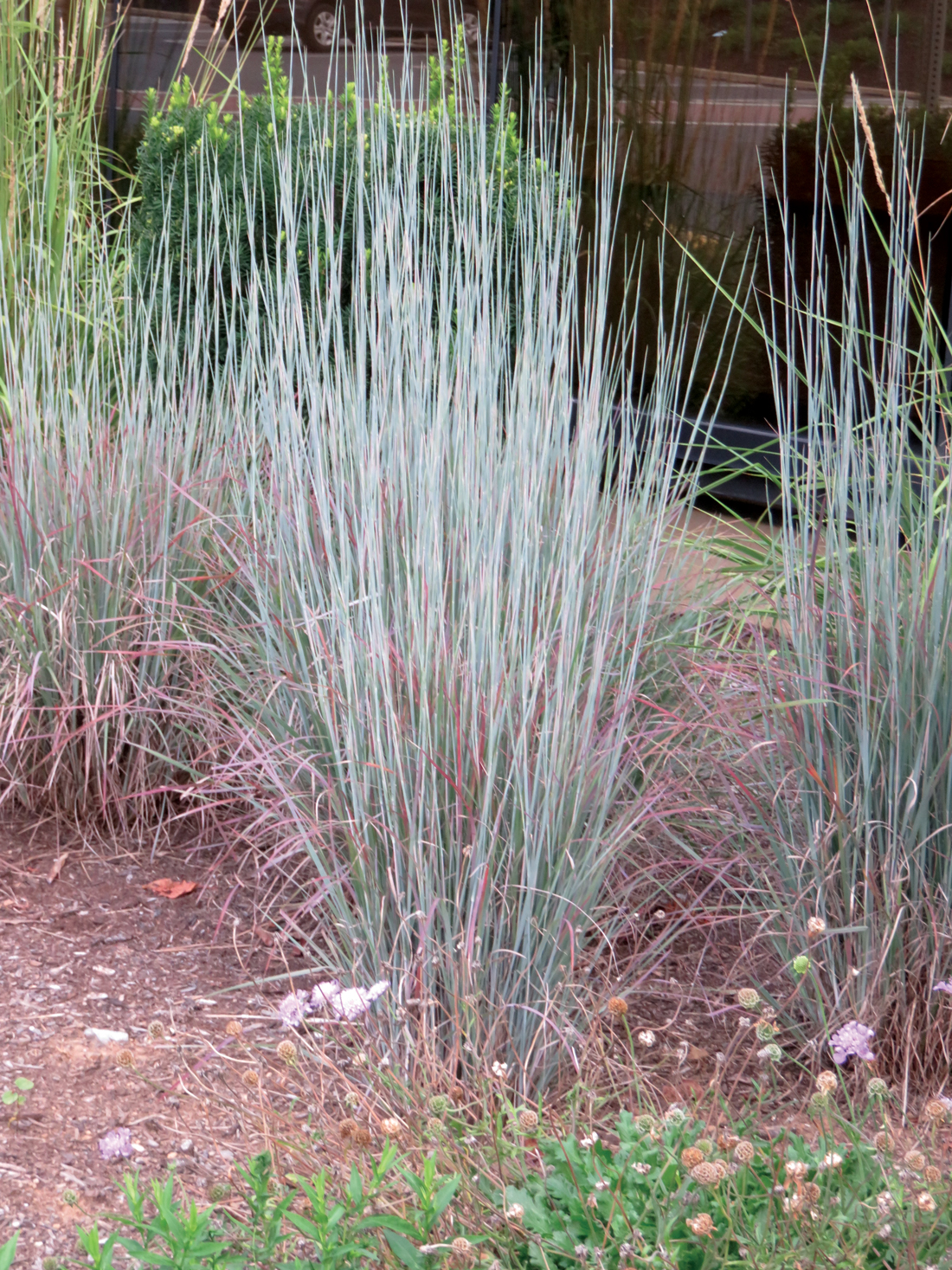
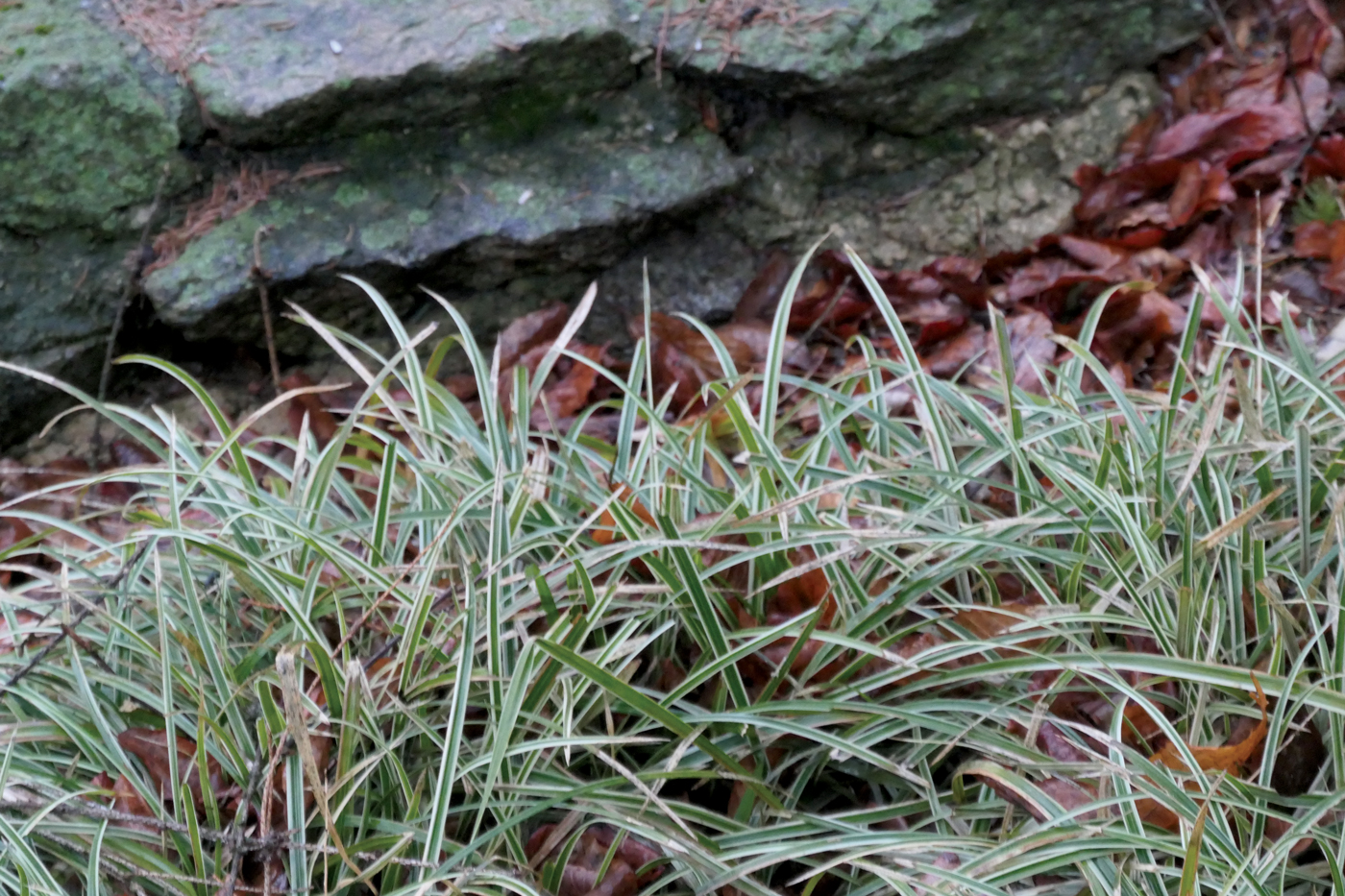
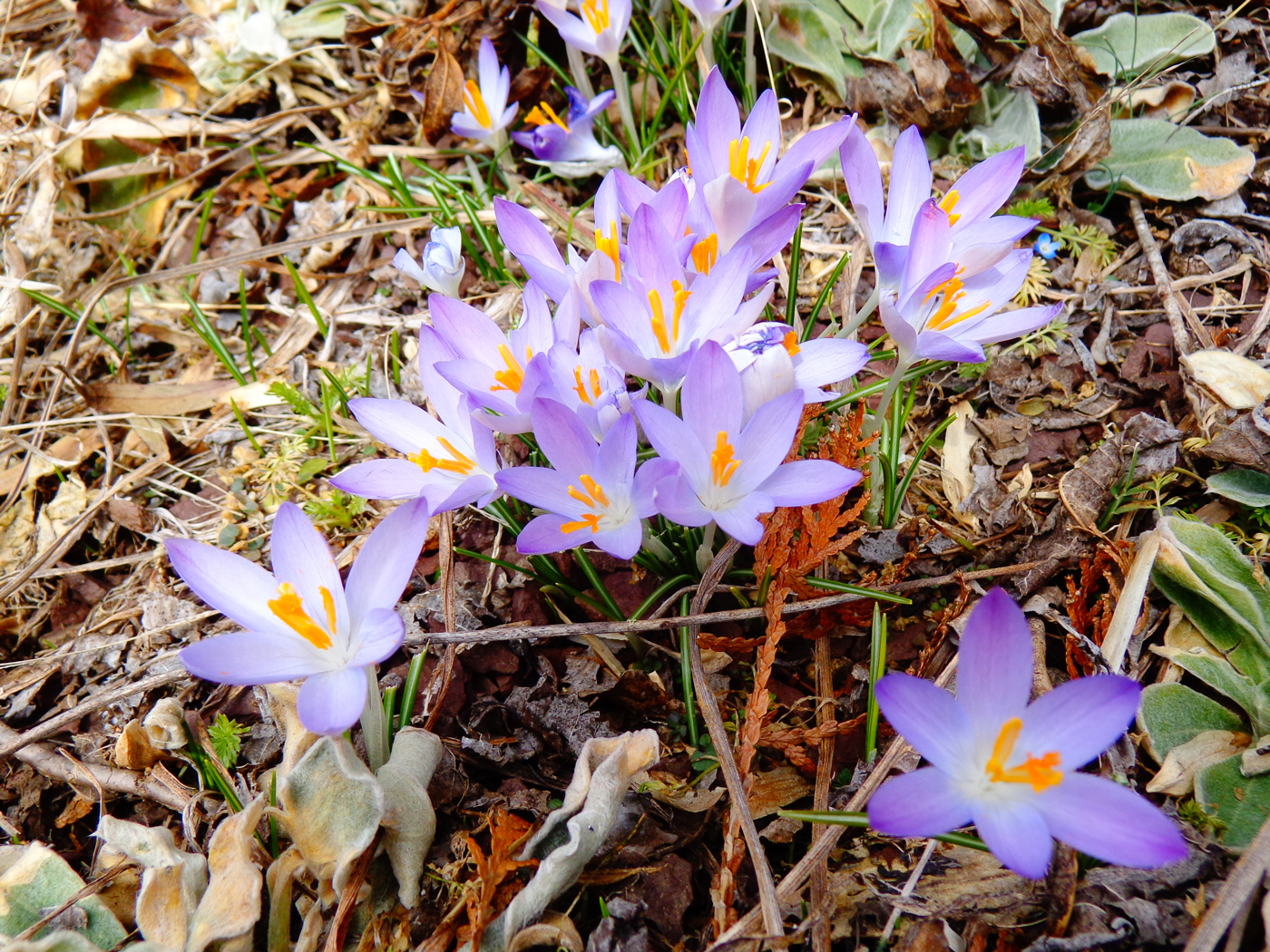
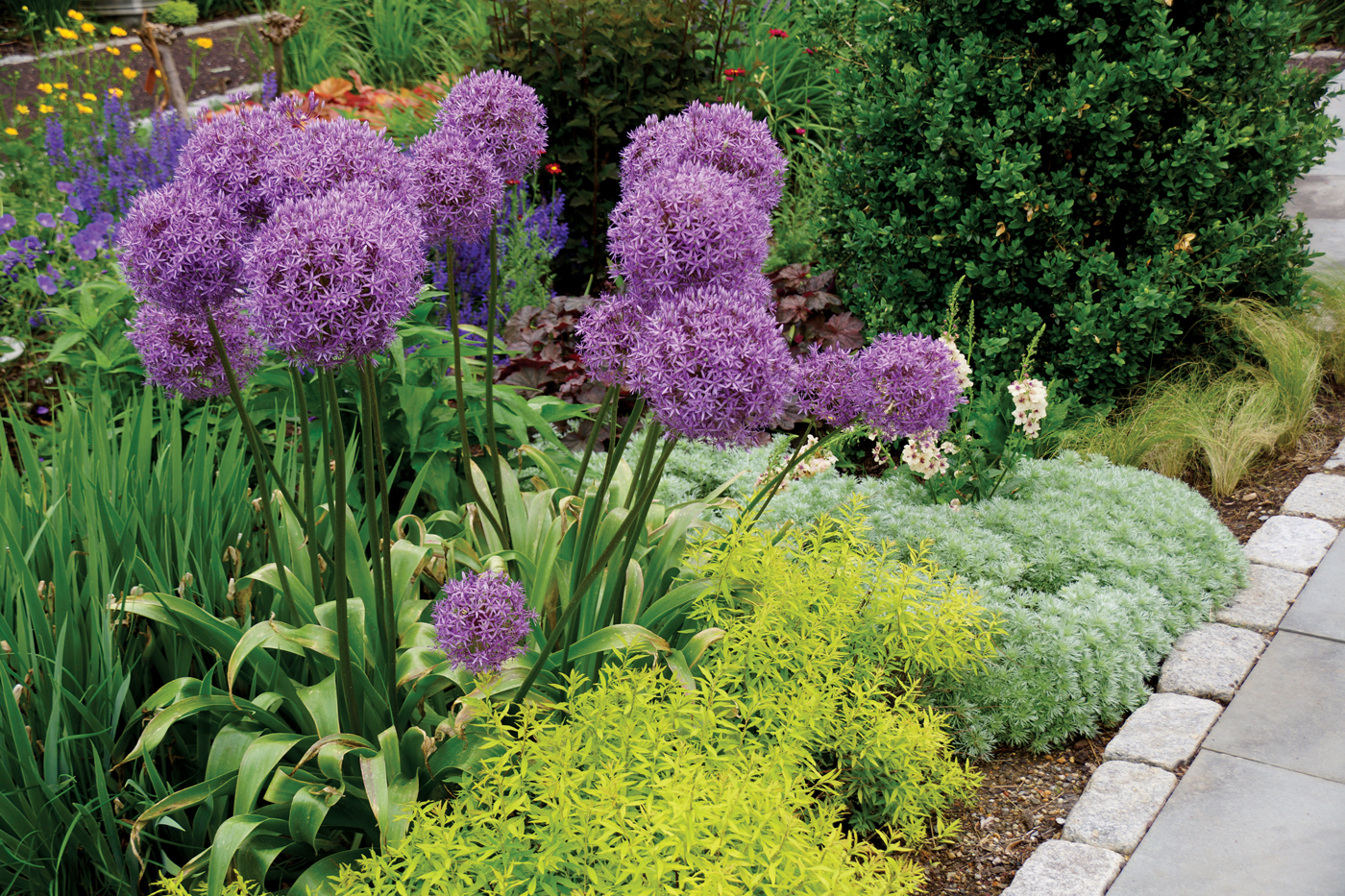
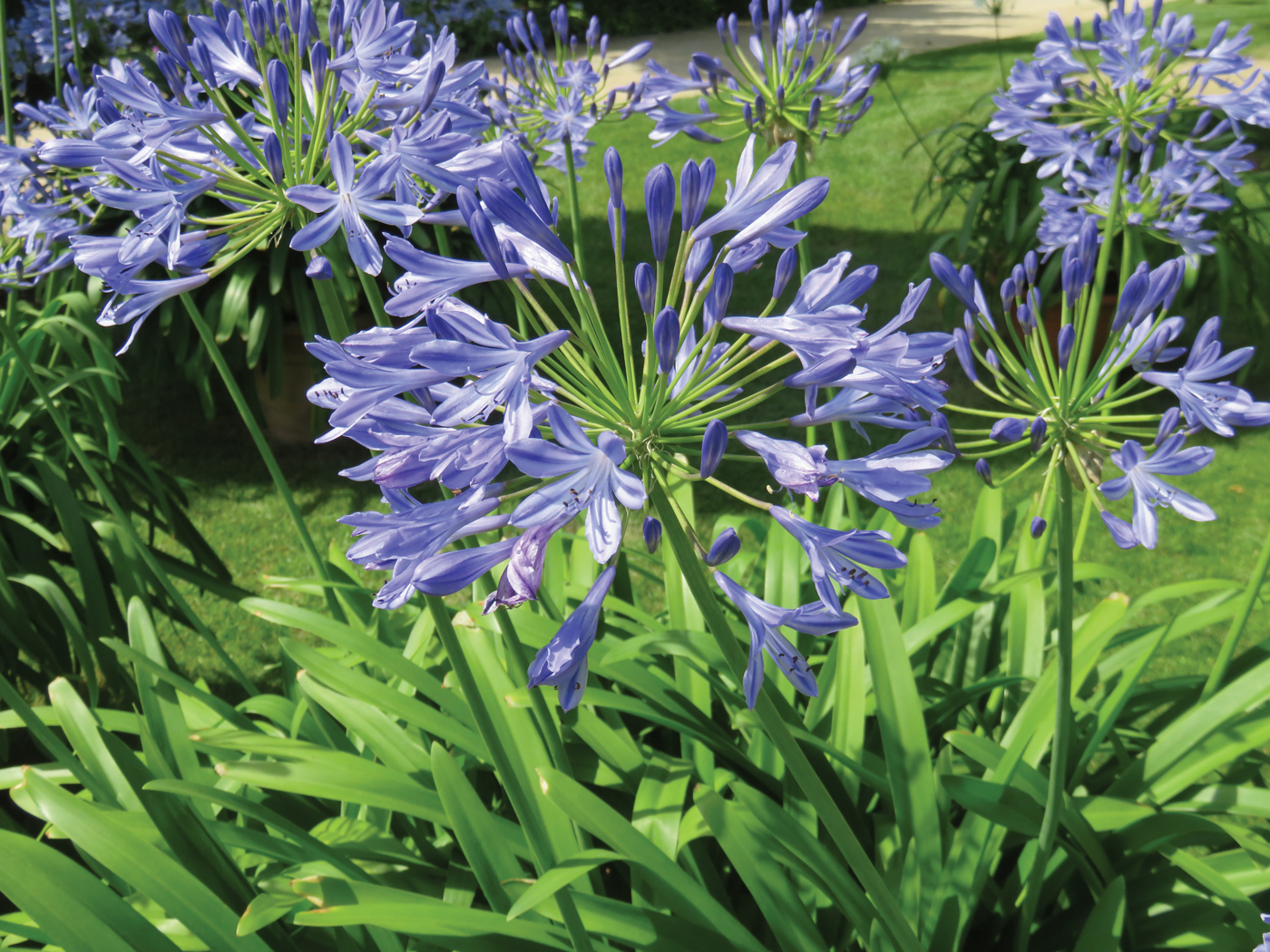
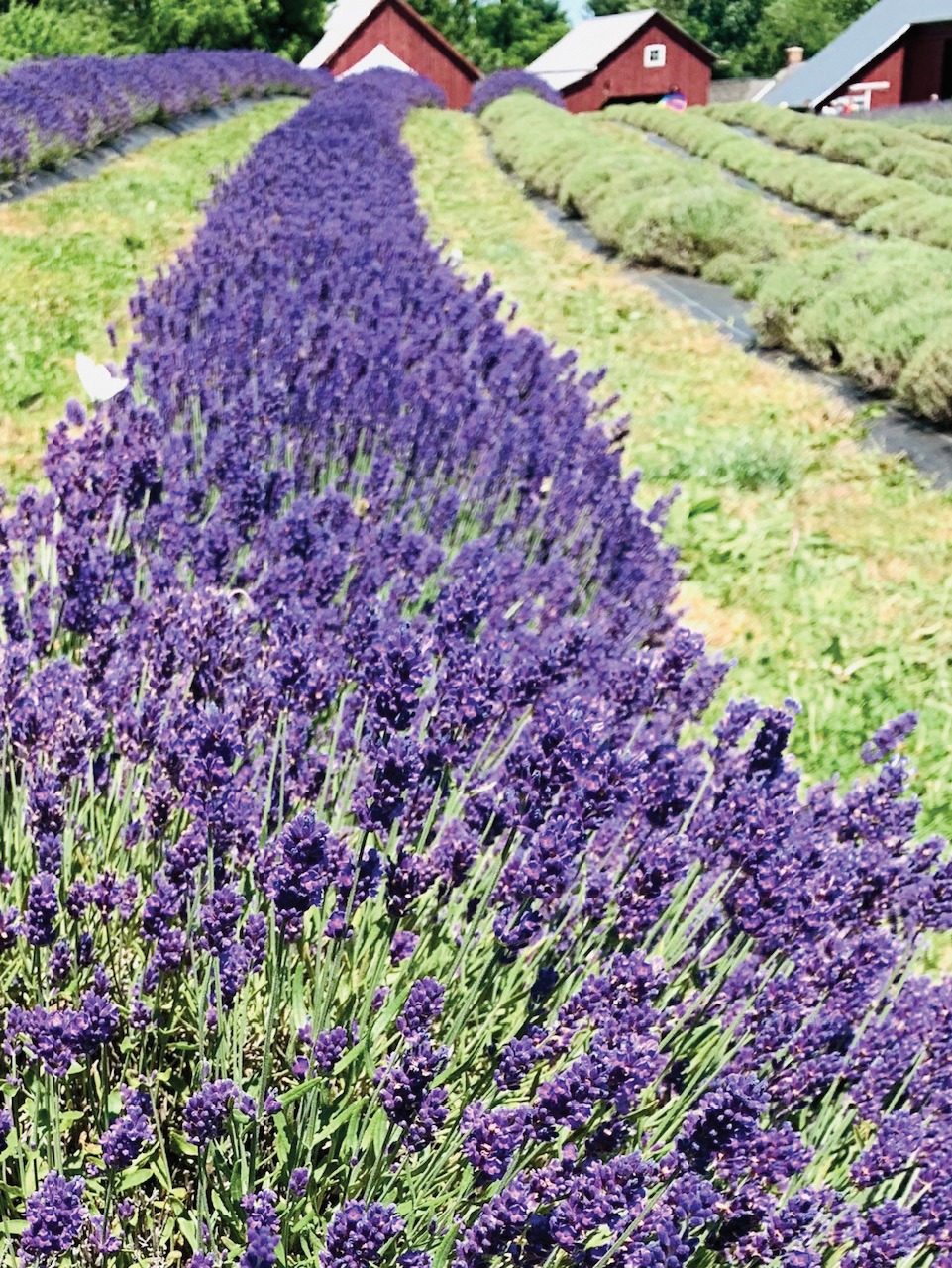
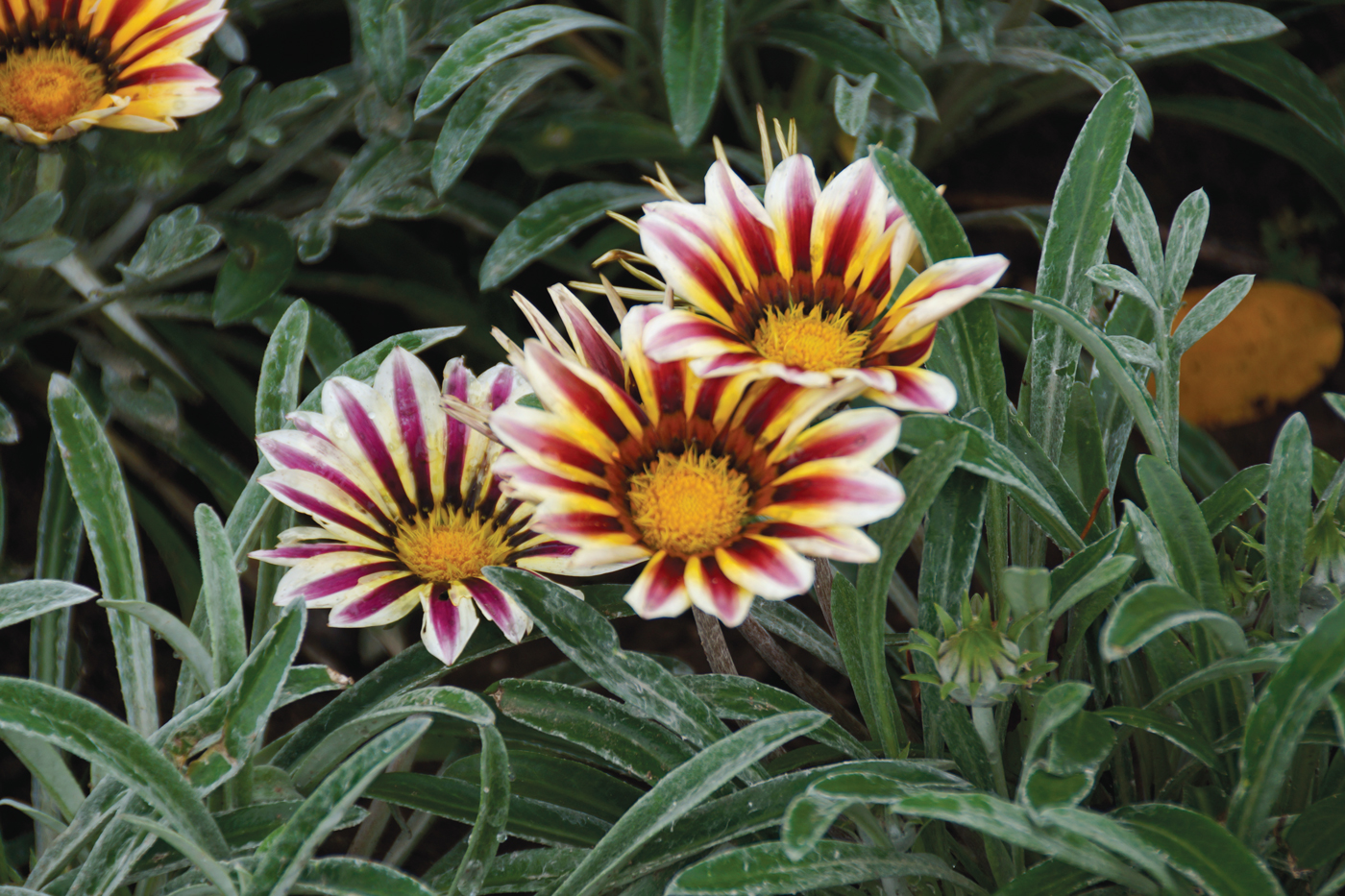
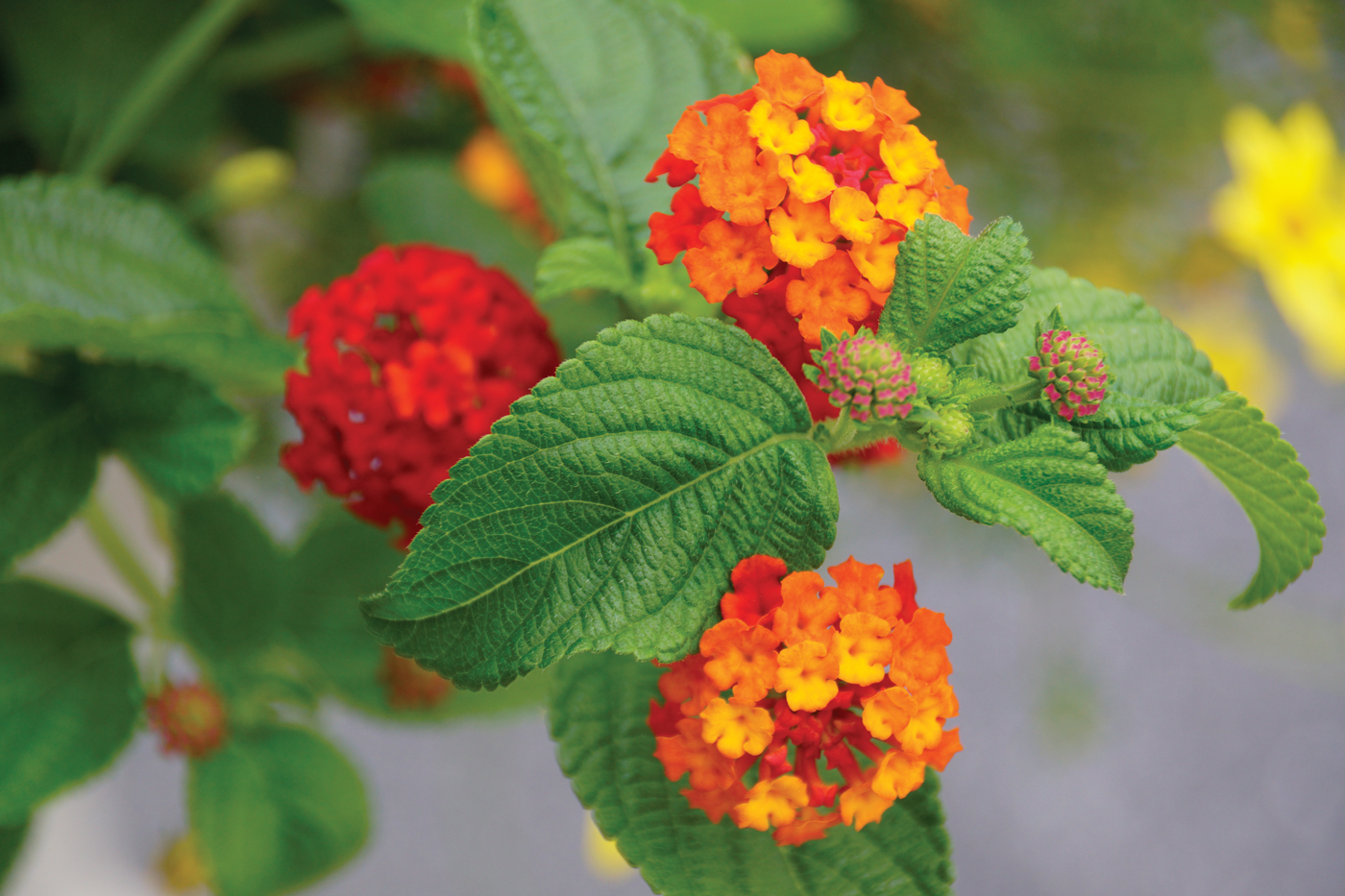
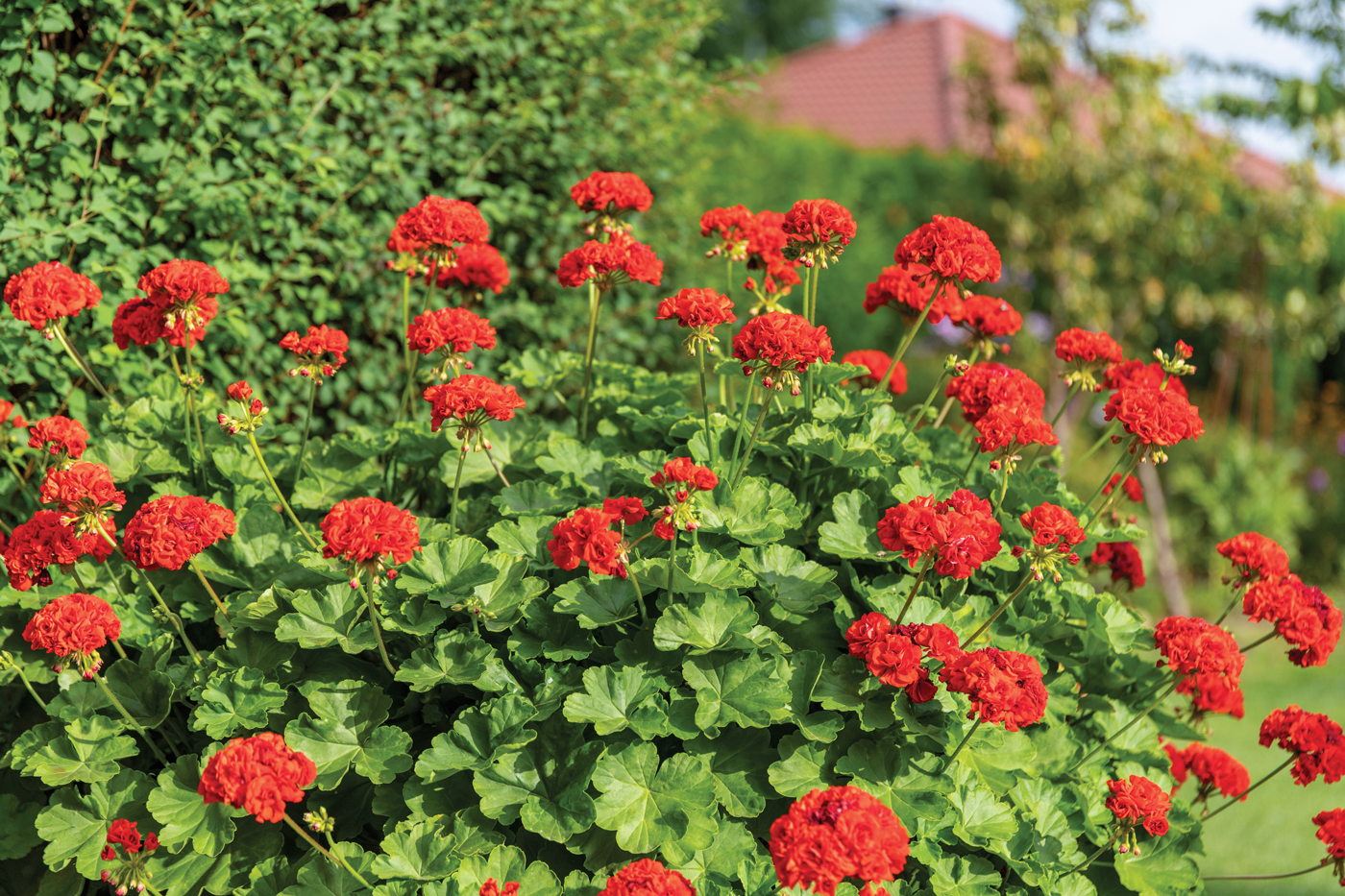
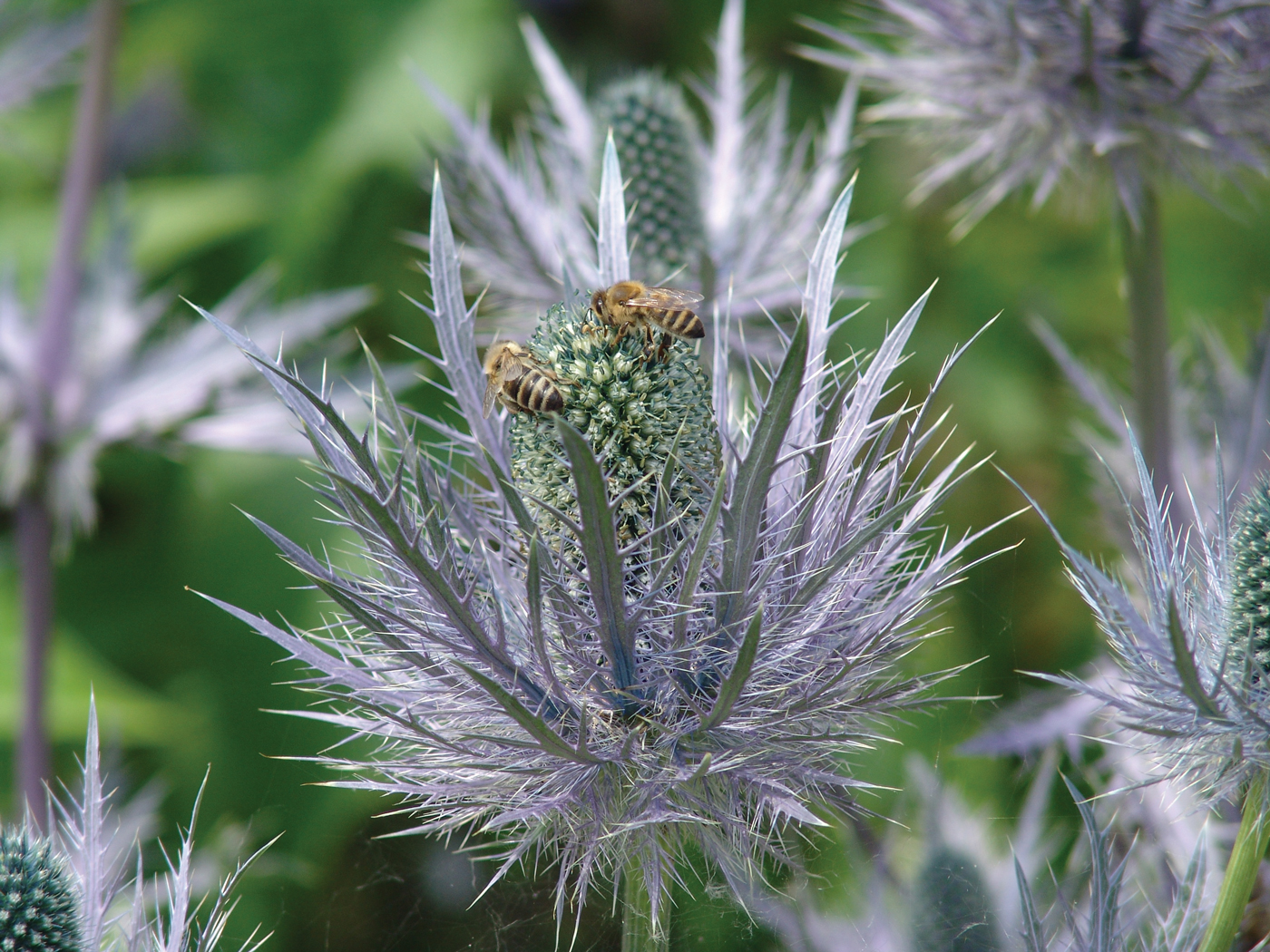
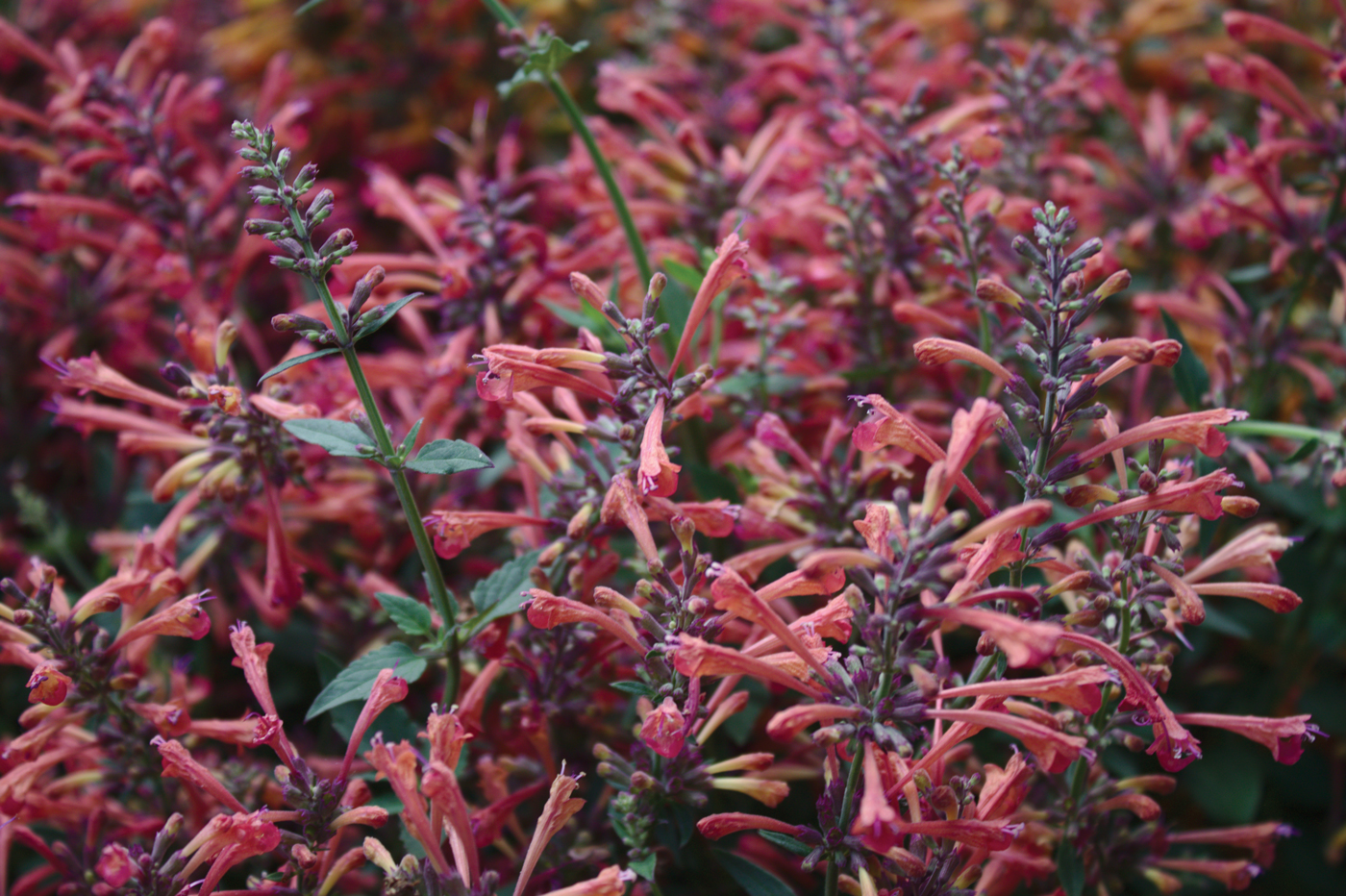

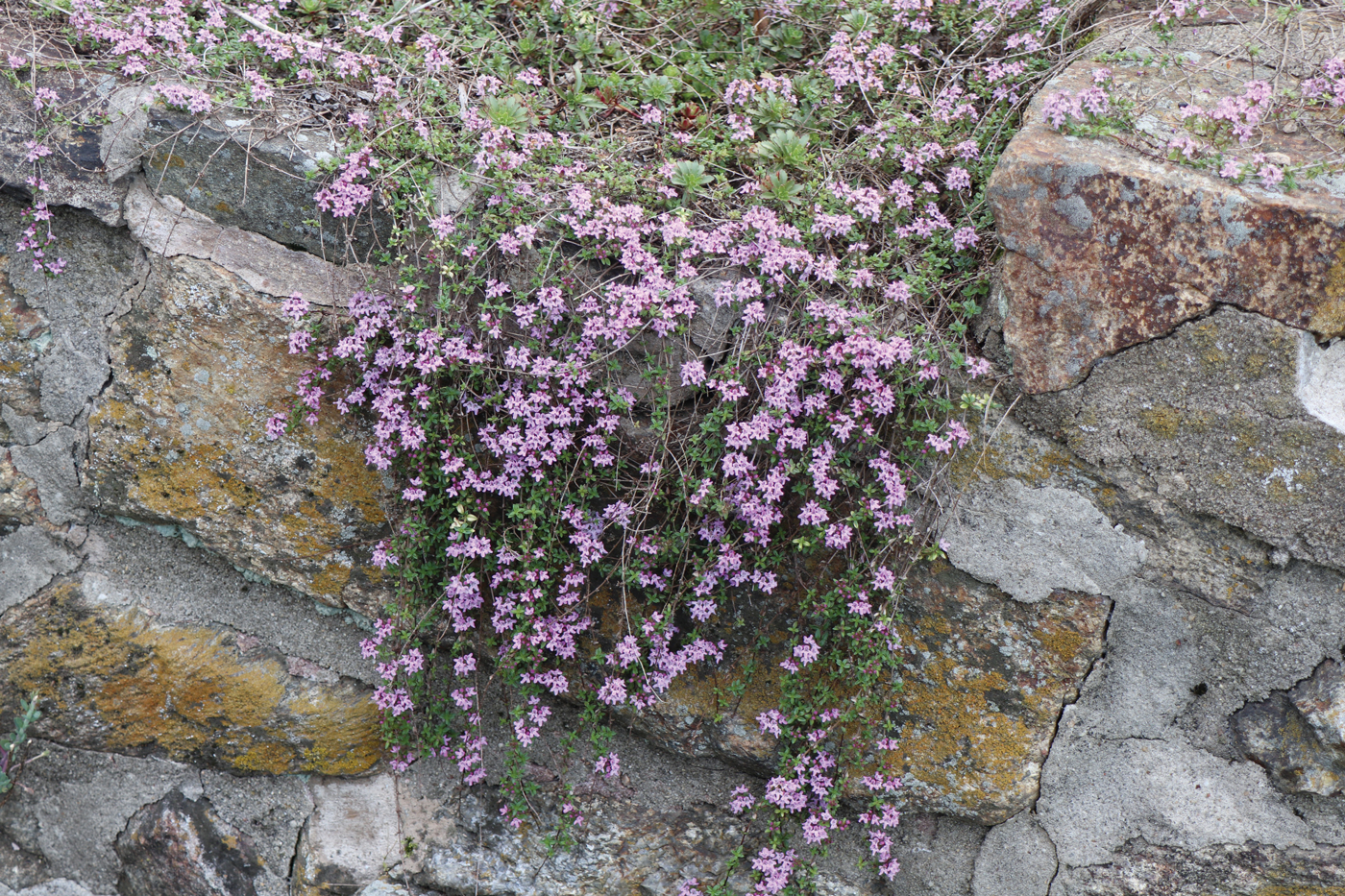
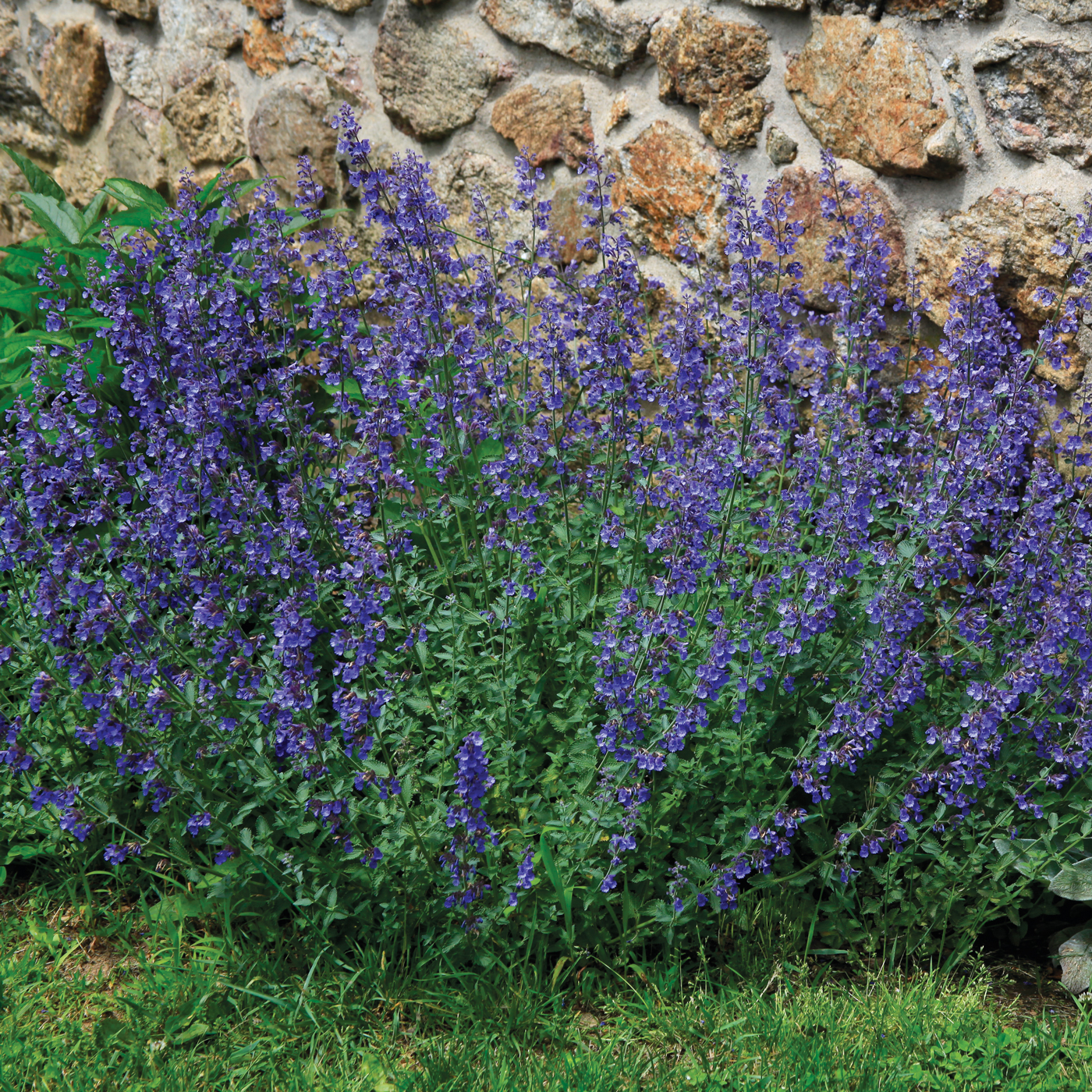
SHARE
PRINT